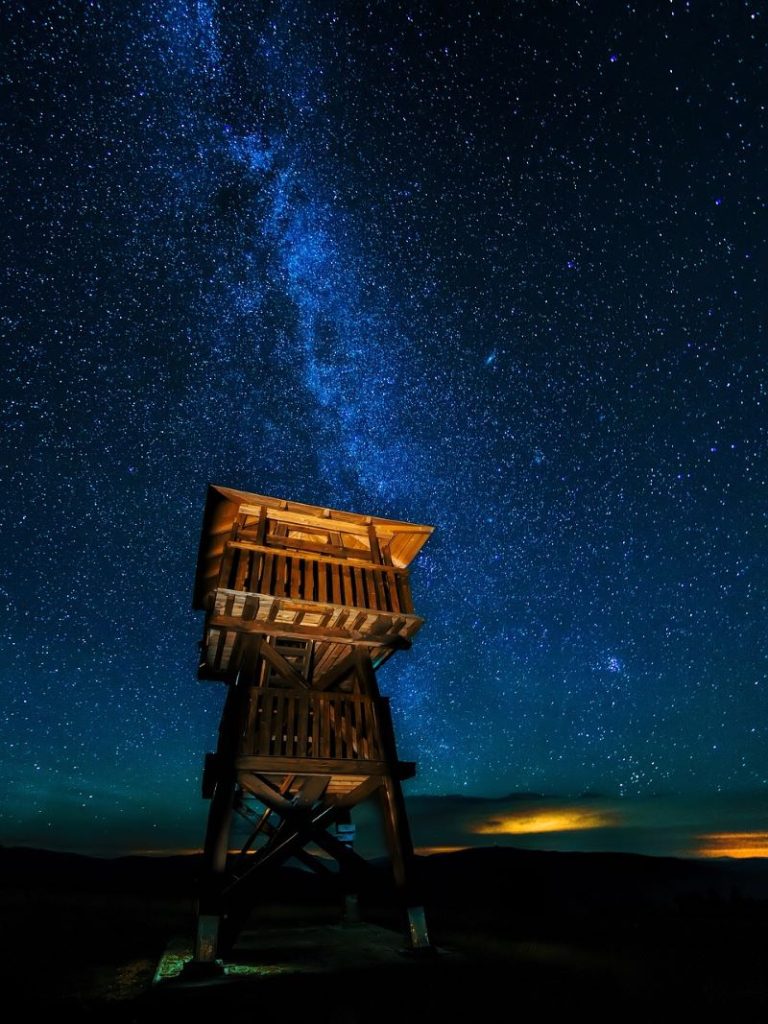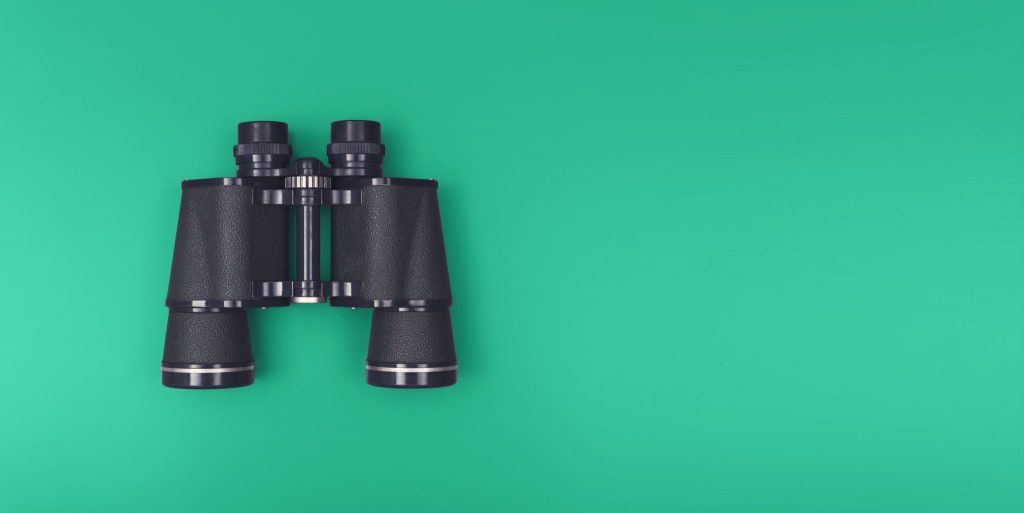Seeking the Stars – the 5 Best Binoculars for Stargazing
Another clear night awaits filled with cosmic wonders invisible to the naked eye. You recall past attempts at spying breathtaking nebulas and far flung galaxies through cheap binoculars proving in vain. Tiny blurry circles of light – unsatisfying! So here we present the 5 best binoculars for stargazing.
Before your next stargazing adventure, discover what makes certain optics ideal to survey the spangled stellar scape.
This guide previews hand selected glasses guaranteed to bring majestic galactic vistas alive right from your backyard through properly spec’d lenses engineered specifically for astronomy!
Bear in mind that some links below are affiliate links, so if you use them to buy something it will support the site at no extra cost to you.
Background on Binoculars for Stargazing
Before diving into our top picks, let’s overview what makes certain binoculars ideal for stargazing. Understanding key specifications and features will ensure you select a pair well-suited to exploring the night sky.
Magnification and Aperture
The numbers you see formatted like “10×50” on binoculars indicate their magnification and aperture. The first number is the magnification power – a 10x pair makes objects appear 10 times closer. The second number represents the lens diameter in millimeters. Larger 50mm lenses gather more light.
For astronomy, shoot for 8x or 10x magnification. Higher and images appear blurry and shaky. Connect aperture to light gathering power. Ample light means discerning faint galaxies and star clusters in dark skies.Exit pupil also matters, calculated by dividing aperture by magnification. Larger exit pupils make images brighter!
Porro Prism vs Roof Prism
Porro prism binoculars have offset lens barrels for wider spacing. This brings improved depth perception but added weight. Roof prism models have straight through lens barrels for a narrower, lighter build. Roof prisms excel in durability.
Consider differences in light transmission – Porro prisms tend to be superior in this area for astronomy purposes.
Factors for Stargazing Binoculars
When selecting binoculars for astronomy:
- Prioritize large 50mm+ aperture lenses
- Seek fully multi-coated lenses to prevent light loss
- Choose BaK-4 glass prisms for better image quality
- Look for 15-20mm eye relief for easy scanning without eye fatigue
Consider a tripod adapter for shake-free scanning
Usable Binoculars for Stargazing
While budget binoculars suffice for bright Moon observation, quality optics serve best to discern deep sky objects. That said, most existing binoculars prove usable. Even compact 8×40 models reveal star clusters invisible to the naked eye!
Leverage binoculars first before investing in an expensive telescope. Adjustable magnification models with smartphone mounts also make observing fun for kids.
The benefits are plenty – easy transportation for trips away from city lights, shared viewing experiences, and options to mount for smooth tracking minus large telescopic equipment investments!
5 Best Binoculars for Stargazing | Our Top Picks
Ready to gain a new perspective of the night sky? Our top 5 picks showcase acclaimed optics optimized for amateur astronomy, whether spotting the Moon’s craters or faint smudges of a distant galaxy:
1. Canon 10x42L IS WP
The Canon 10x42L IS WP stands atop as the finest binocular for handheld sky viewing currently available. It achieves this pinnacle status not only for its bright, color-true images courtesy of high-end ED glass elements. The integrated CMOS sensors enable genuine image stabilization, countering natural hand shake during observation.
Once activated via button controls, you’ll enjoy tack-sharp views as if peering through a much larger telescope. Glare disappears and details emerge even under challenging light conditions. The durable housing resists moisture while locking in precise alignment – just what’s needed for serious stargazing optics. With 5 times the stabilization capability of its lower-tier 10×42 counterpart, the compromises are limited. Expect a slightly narrower apparent field of view and heavier 2 lb weight. Still, nothing matches these units for delivering stunning views whether scanning the Milky Way or spying Saturn’s elusive moons.
| Key Features |
| Advanced Image Stabilization |
| ED lens elements |
| 16mm eye relief |
| Tripod adaptable |
2. Celestron Nature DX 12×56
Celestron positions its feature-rich Nature DX line as the ultimate grab n’ go binoculars suited for astronomical pleasures under darker country skies. The 12×56 configuration strikes an ideal balance of magnification and light acquisition.
Luminous images burst through thanks to extra-low dispersion glass elements and premium BaK-4 prisms. The textured grip feels natural in hand, important for enduring long cold nights of observation.
Weighing in at over 2 lbs, the Nature DX does necessitate a sturdy tripod for fatigue-free usage over hours. Fortunately the built-in mount point enables smooth panning via quality heads like the Celestron Heavy Duty.
Sealing out moisture and nitrogen purging further boosts the premium quality feel. Unless you seek higher zoom levels specifically, it’s hard to go wrong with the Celestron Nature DX series.
| Key Features |
| Phase+silver coated BaK4 Prisms |
| Textured grip |
| Tripod mountable |
3. Vortex Crossfire HD 10×50
The Vortex Crossfire HD hits a welcome sweet spot for consumers seeking quality astronomy binoculars just shy of the costly premium tier. Despite the budget-friendly price point, performance lives up to expectations courtesy of Vortex’s trusted optics.
Notably, the 50mm roof prism lenses showcase reduced chromatic aberration even around bright objects like the Moon. The 6.1° viewing angle provides ample field for celestial objects while a close 6m focus range suits occasional birding.
Weighing just 1.89 lbs, the Crossfire HD travels easily as a compact spotting kit. The protective rubber armor withstands wet dew or accidental drops during observation. Vortex caps off the value with its unconditional lifetime warranty – hard to overlook at this price point!
| Key Features: |
| Phase corrected roof prism |
| 17mm eye relief |
| Close focus 6m range |
4. Nikon 10×50 Aculon A211
Nikon brings quality optics and durable build quality expected of the brand into the friendly 10×50 Aculon A211 binoculars. Ideal for casual hobbyists and families getting started in astronomy, it’s a great step before investing deeper into telescopic equipment.
Crisp 6.5° viewing window shows details on brighter celestial targets like the Moon and planets. The 50mm aspheric lenses limit chromatic aberration seen as color fringing around such objects. And rubber armor over the polycarbonate-resin chassis ensures a non-slip grip.
The focus knob moves smoothly across full range – important for spectators wearing glasses to achieve a full view across the visual span. Overall at this approachable price point, the Nikon Aculon A211 punches above its class for no-fuss optics to survey the stellarscope.
| Key Features: |
| Aspheric 50mm lenses |
| Rubber armored chassis |
| Smooth focus control |
5. Celestron SkyMaster 15×70
Living up to its branding, the Celestron SkyMaster 15×70 offers a superlative view of the heavenly display at a rather modest price point among giant astronomy binoculars. The impressive stats jump out immediately – 379 ft field of view at 1000 yards thanks to the large 70mm front lenses.
Such light gathering ability gives breathtaking dimensionality to favorite lunar and planetary targets. Expect tack sharp clarity across 75% of the visual field – only the extreme periphery shows some distortion effects. The 15x zoom surpasses smaller models, ideal for inspection craters and rilles on the Moon in stunning detail.
As expected given the aperture size, weight tips above average at 4.28 lbs – we strongly recommend the tripod adapter for fatigue-free usage. Celestron bundles quality accessories like multi-coated protective optics and carrying case. Rightly so for serious glass at this price tier geared specifically towards deep space viewing!
| Key Features: |
| Giant 70mm aperture lenses |
| 15x zoom level |
| Tripod mount option included |
Best Binoculars by Price Range
Beyond the top overall picks, sorting options by budget helps uncover hidden gems matching your stargazing aspirations. Here are quality choices spanning low to high price brackets:

a. Budget Binoculars (< $100)
Just starting with astronomy?
Sturdy budget picks like the Celestron UpClose 10×50 prove you need not break the bank for decent views. Compact enough for trips away from light pollution, 50mm lenses collect ample light. Build quality compromises expected at this tier, but fully coated optics reduce aberrations. Ideal for moon gazing without eye strain.Consider the Orion Scenix 7x50s if aiming to share views with kids – under $90 buys a durable, wide angle pair perfect to pass around. The Celestron Cometron 7×50 also gathers acclaim as a starter giant binocular – tack sharp stars across 80% of the field very affordably.
b. Mid-range Binoculars ($100 – $300)
Seeking sharper optics and rugged dependability? The mid-range market bears fruit like the Nikon Aculon 10×50 – featuring quality BaK-4 prisms and Aspherical lens elements. Pentax and Vixen models also populate this zone boasting waterproofing features absent in base level models.
c. Premium Binoculars ($300+)
Only the best glass and protective casing qualifies inclusion into the premium domain. Here you’ll discover legendary optics carrying iconic branding like Swarovski, Zeiss and Steiner commanding staggering $2000+ price tags!More reasonably, the $1,119 Canon 18×50 IS delivers unparalleled image stabilization through advanced gyro sensors. Bushnell’s high-end Legend Ultra HD 15×56 binocular incorporates ED Prime glass – a favorite for contrast-rich Milky Way and nebula viewing!
Best Binoculars by Feature
Beyond pricing, it helps to evaluate binoculars tailored specifically for astronomy use cases like magnification power, mounting options or low light handling. Let’s explore top models across such tactical categories:
a. Binoculars by Magnification
For manual use, 10x remains the sweet spot balancing magnification and weight. Under dark skies, a 10×50 pair resolves breathtaking star clusters like the Pleiades. The Vixen Ascot Super Wide 10×50 offers an exceptionally immersive 8° field at this spec.Seek higher zoom only when tripod mounted. The Orion 15×63 Resolux serves well for craters on the Moon or Ring structures around Saturn. More affordable options like the Celestron SkyMaster 15×70 also shine for lunar and planetary viewing.
b. Binoculars by Aperture
With aperture tied to light gathering ability, target 50mm+ models to discern deep sky objects like galaxies and nebulae. For ultra-portability, smaller 32mm glasses , like the Nikon EDG 32, provide surprising brightness.
c. Mountable vs Handheld Binoculars
For casual use, compact roof prism bodies like the Pentax UCF 8×21 grace backpacks with ease. Their central focus wheel offers smooth zoom control for events or wildlife. Plan to mount larger 50mm+ glasses using sturdy parallelogram mounts like the Celestron Heavy Duty – essential for shake-free heaven gazing!
d. Specialty Astronomy Binocular Features
Seeking premium quality views?
ED and apochromatic lens elements reduce color fringing seen as purple halos around bright objects. Multi-coated optics increase light transmission for crisper contrast. Environments call for nitrogen purging to prevent internal fogging along with tight O-ring seals. Convenience features include tripod adapters, long eye relief, smartphone digiscoping mounts and more!
Getting the Most Out of Your Binoculars
You’ve invested in a quality pair of astronomy binoculars. Let’s overview tips to setup, mount, and maintain your optics for the best cosmic viewing experience possible:
a. Collimating & Setup
Collimating refers to tuning the alignment of lenses and prisms inside your binoculars. Start by capping one lens and focusing a distant object. Your eyes should observe the view dead center through the open barrel. Repeat on the opposite side. If edges appear cut-off, use collimation knobs to adjust until centered.Next set the interpupillary distance (IPD) so each circular view merges into one wide scene. Set eye relief finally so your eyes reach the full field of view without excess strain. These alignment steps before observation guarantee optimal performance!
b. Tripod Mounting
Larger 50mm+ binoculars necessitate firm support for steady viewing. Mount them onto a rugged tripod using the attachment point generally included on the central hinge. Sturdy video or survey tripods with smooth pan/tilt heads excel for tracking stars smoothly.If lacking tripod gear, rest your binoculars instead on a backpack, bean bag, or even lawn chair! The goal is simply stable support. Some binoculars like the Vortex Razor HD integrate a glass ridge to hook onto bipod mounts. Explore accessories that secure your specific giant glasses comfortably.
c. Maintenance & Cleaning
Store binoculars in carrying cases when not used – top tier models ship with protective leather or padded covers. To clean external lenses, use microfiber cloth avoiding pressure that could scratch glass. Seek lens pens having integrated brush and cleaning liquid to safely sanitize optics.
Moisture represents the biggest threat for inner corrosion over time. Always keep caps on ocular and objective lenses when not viewing. Place desiccant packs inside the casing before storage. And avoid direct sunlight exposure to prevent damaging sensitive internal components! Take these simple precautions for decade-long binocular enjoyment.

Final Thoughts
So which option shines brightest among the best astronomy binoculars overviewed? Consider these final pointers as you contemplate purchasing your celestial optics:
Ultimately, the Canon 10x42L IS WP leads the pack this year as an unparalleled portable viewing instrument. Yes, the 4-figure cost gives pause. But there exists nothing quite like framing a crisp lunar crater or Saturn’s distinct elliptical form factor stabilized steadily through its advanced optics. Canon sets the bar with ED glass elements, durable weather sealed construction and integrated gyroscopic image stabilization in a portable profile.
For budget hunters seeking quality optics at a wallet-friendly price point – turn attention to the Celestron Nature DX series. Prime multi-coated BaK4 prisms hardly ever disappoint in this porro prism form factor. A dozen specialty models exist across magnification and aperture combinations so choose based on portability needs or desired cosmic subjects. Rest easy with the lifetime warranty provided through this reputed brand.
And remember – even affordable compact 8×40 roof prism binoculars open up starscapes and details invisible to the naked eye! So don’t hesitate to start small before trading up to giant mounted 15×70 platforms. Clear skies await to scan through quality binoculars geared specifically for astronomy!


